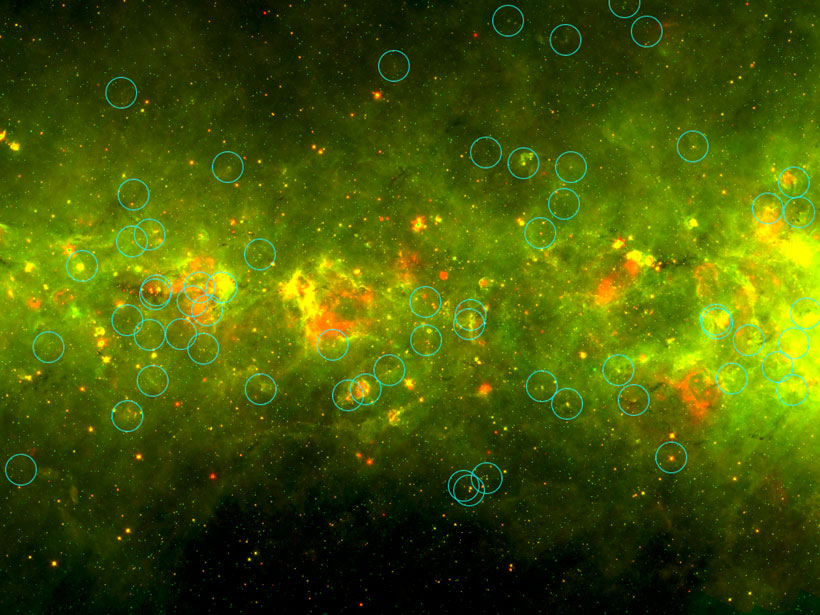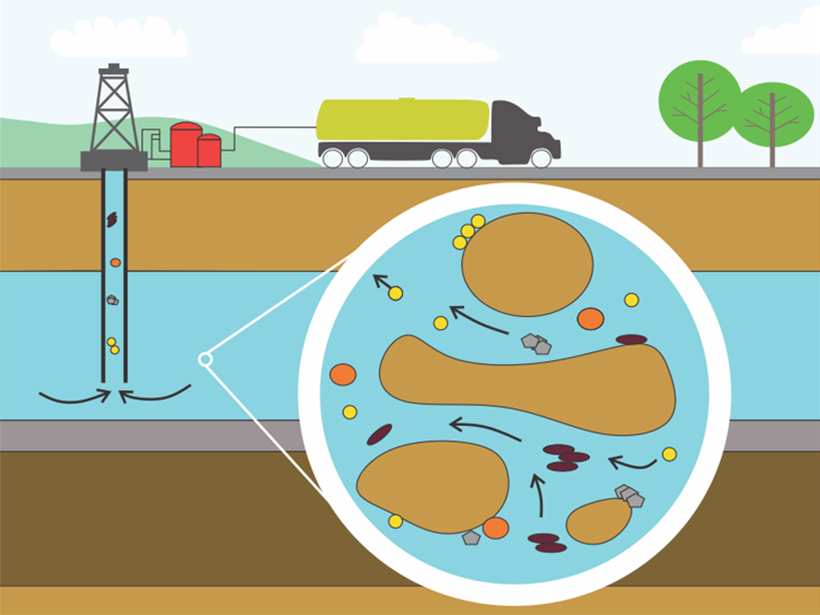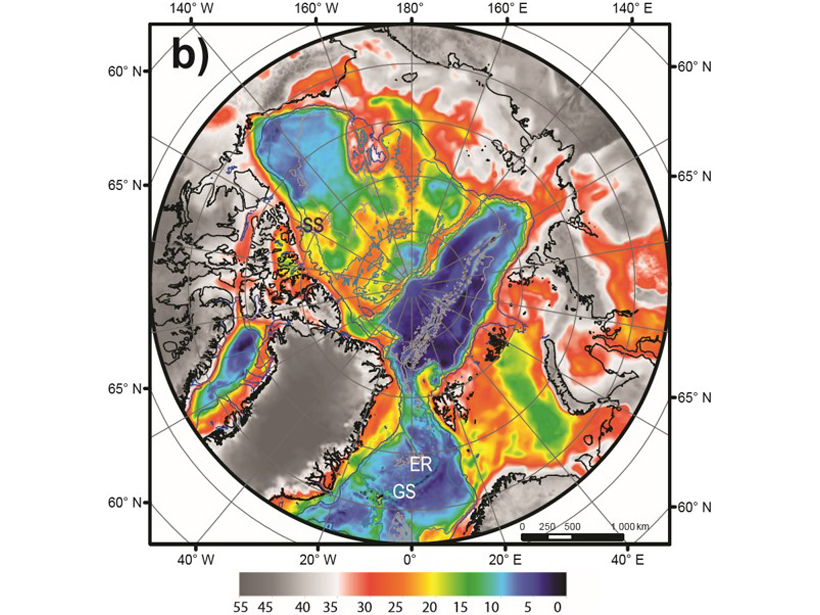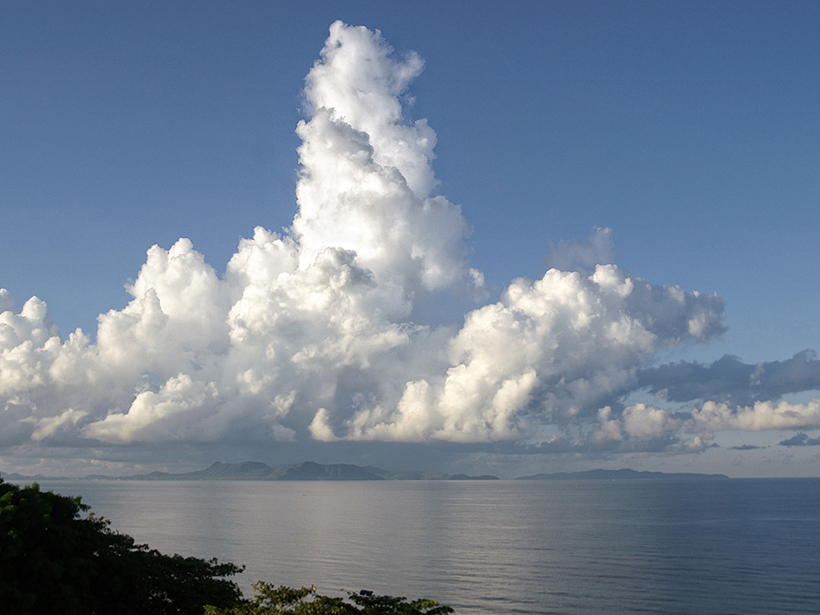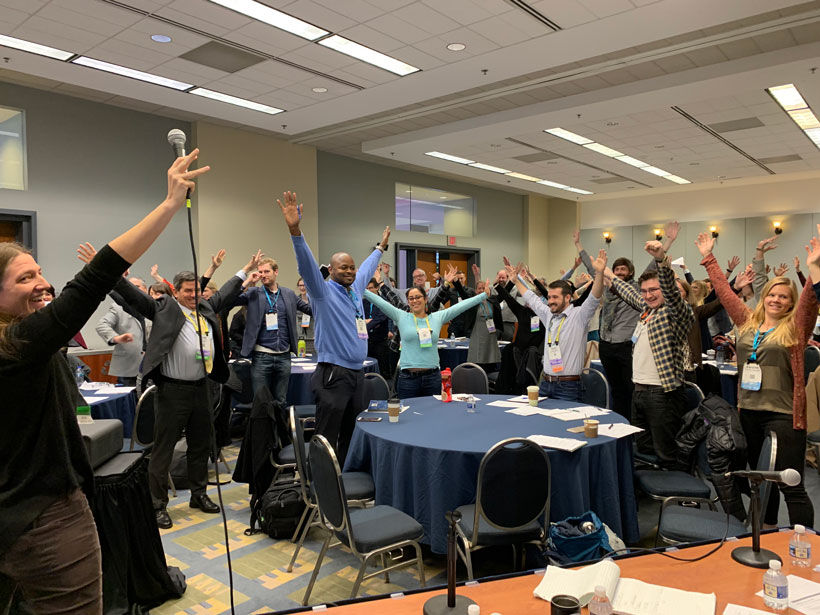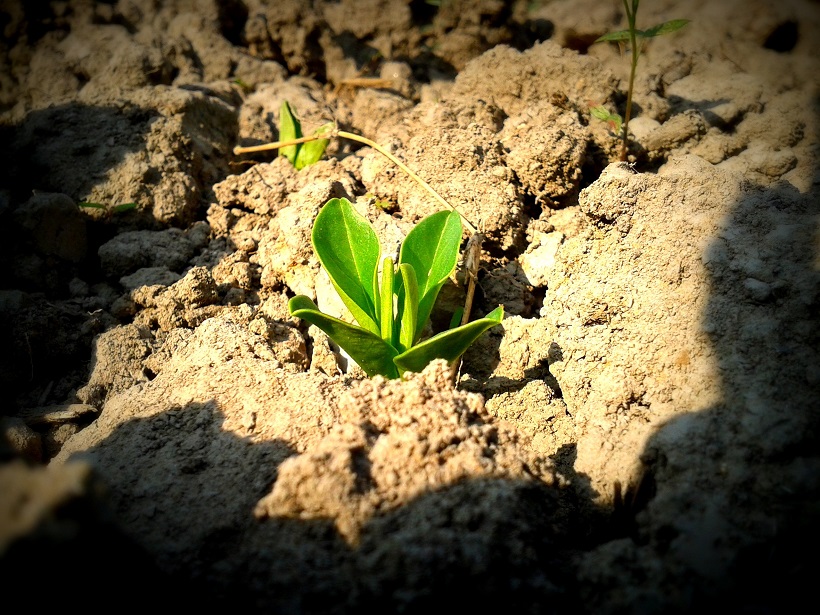The online community of the Milky Way Project citizen scientists helped scientists identify compact star-forming regions now known as yellowballs.
CC BY-NC-ND 2019
The Jail That Keeps Oxygen in the Air
Oxygen shouldn’t be in the air we breathe. But it is, and the reason why is almost criminal.
Treating Colloids as Clusters Better Predicts Their Behavior
New research suggests that an accurate prediction of colloidal particle mobilization in the environment should account for the effect of clustering.
Revealing the Arctic Crust
A new model, ArcCRUST, reveals with unprecedent resolution the geometry and the thermal state of the oceanic crust of the High Arctic and Circum-Arctic domain.
The Little Ice Age Wasn’t Global, but Current Climate Change Is
None of the cold and warm epochs from the past 2,000 years were global events, but the current period of climate change is more intense and is happening simultaneously across the entire planet.
One Step Closer to a Milestone in Climate Modeling
A pair of revisions to the Energy Exascale Earth System Model improves its ability to capture late afternoon and nocturnal rainfall as well as the timing and movement of convection.
The Ups and Downs of Rainfall in Chad Since 1950
A new study finds that rainfall rates are recovering in some cities since a 1966–1990 dry spell, but precipitation is still down overall since 1950.
The Unexpected Benefits of Science Communication Training
When scientists learn better communication skills, they not only convey their research to a broader audience but also become better connected to their own scientific communities.
The Paramount Societal Impact of Soil Moisture
Recent technological innovations offer new opportunities for soil moisture characterization and monitoring from the pedon to global scales.
Algorithm Spots Climate-Altering Ship Tracks in Satellite Data
Tens of thousands of ship tracks—cloud structures created when ships’ exhaust plumes interact with the atmosphere—are pinpointed automatically, furthering study of these climate-altering features.

